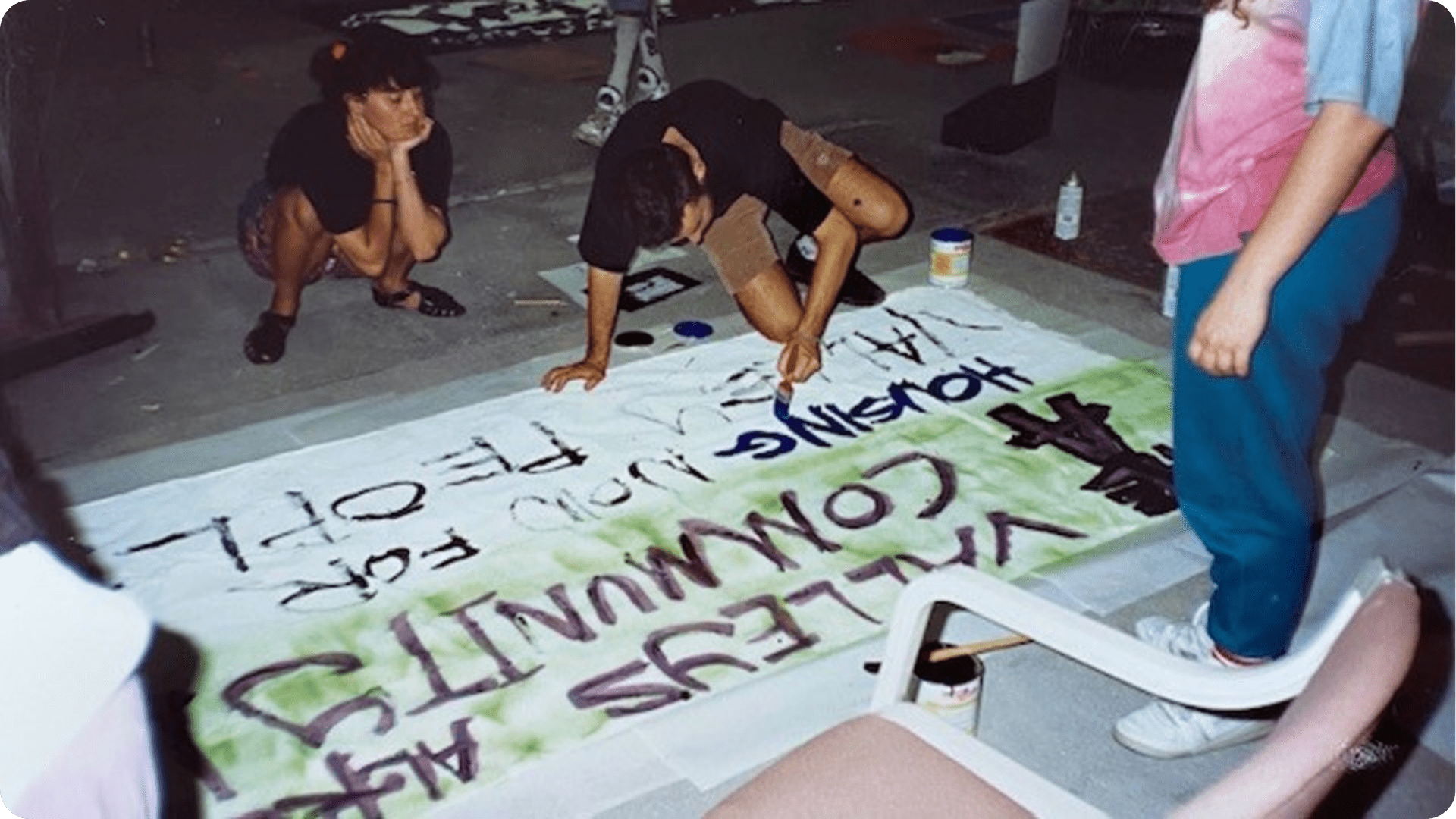Brisbane Youth Service research reveals young couch surfers worse off than those sleeping rough.
Research conducted by Brisbane Youth Service, Research and Evaluation Coordinator, Rhianon Vichta, and Katie Hail-Jares, post-doctorate researcher from Griffith University, has found evidence that couch surfing can be just as damaging and traumatising as rough sleeping for young people.
The research looked at the experiences of 864 young people, aged 12 – 25 years old, at intake and exit from BYS support who were experiencing homelessness over a 12 month period. The research focused on the mental health of two of those groups– couch surfers and rough sleepers.
It found that young couch surfers had a higher rates both suicide risk and rates of self-harming behavior. Additionally, couch surfers were twice as likely to describe their mental health as poor than the young people sleeping rough, even when controlling for gender and age.
The research also found that although couch surfers and rough sleepers self-reported similar rates of recent drug and alcohol use, couch surfers were less likely to label their current use as problematic. Additionally, couch surfers reported that they received the lowest levels of support from community-based organisations. Combined, these two findings could suggest that couch surfers are less likely or feel less able to seek help from the services they need.
“Envisioning couch surfing as an extended sleep-over with a friend has contributed to the perception that it is a ‘safer’ form of homelessness, or even not a form of youth homelessness at all. This research blows that misconception out of the water,” said Council to Homeless Persons CEO, Jenny Smith.
Being coerced to provide sex for a place to sleep – survival sex
Worryingly, the research found that young people couch surfing were far more likely to be women or LGBTIQ . Seventy per cent of couch surfers in the study were found to be young women.
“These findings suggest that we need to better understand the realities of what young people experience while couch surfing. It is possible that some young women and gay youth are exchanging survival sex for a place to stay and there may be multiple other psychological stressors in play in couch surfing environments,” said Rhianon Vichta, Research and Evaluation Coordinator for Brisbane Youth Service.
“There are clear and concerning indications that finding a temporary bed in someone else’s house for the night is not necessarily a safer or healthier alternative to sleeping rough”, said Rhianon.
“We are continuing our research to better understand the reasons why this is the case. It is important, however, for services to stay focused on the reality that a home is much more than a bed and we need to be consistently working towards stable and safe accommodation options for young people.”
Co-researcher Katie Hail-Jares, pointed out “Our research should not be interpreted as a call to turn young people out onto the streets, but it demonstrates the importance of being client-centered in homelessness work. Each young person’s situation needs to be carefully assessed and the right options sought for their wellbeing, rather than assuming that any roof is better than no roof.”
The Council to Homeless Persons says couch surfing should be viewed with the same seriousness as other forms of homelessness, and needs specific policy responses, with a particular focus on affordable accommodation for young people on low incomes who can’t live at home.
“Early intervention is critical in preventing young people from falling into a cycle of homelessness that can last a lifetime. Young people aged 12-24 make up 40% of our homeless population, but are most often hidden from view, so easier to ignore,” said Katie.
Data released by ABS last month shows that 2,858 young people aged 12-24 were counted as couch surfing in Australia in 2016, with couch surfing one of the most common forms of youth homelessness, alongside living in severely overcrowded dwellings and in supported accommodation. This is likely to be highly under-reported however, with the Australian Institute of Health and Wellbeing (2018) reporting, that more than 40,000 people who were couch surfing sought support from a homelessness service in 2016-17.
Brisbane Youth Service data for the same period showed that the number of young people couch surfing (28%) doubled the number who were sleeping rough (14%) when they presented for support, with couch surfing the most common form of accommodation for young people at assessment.
